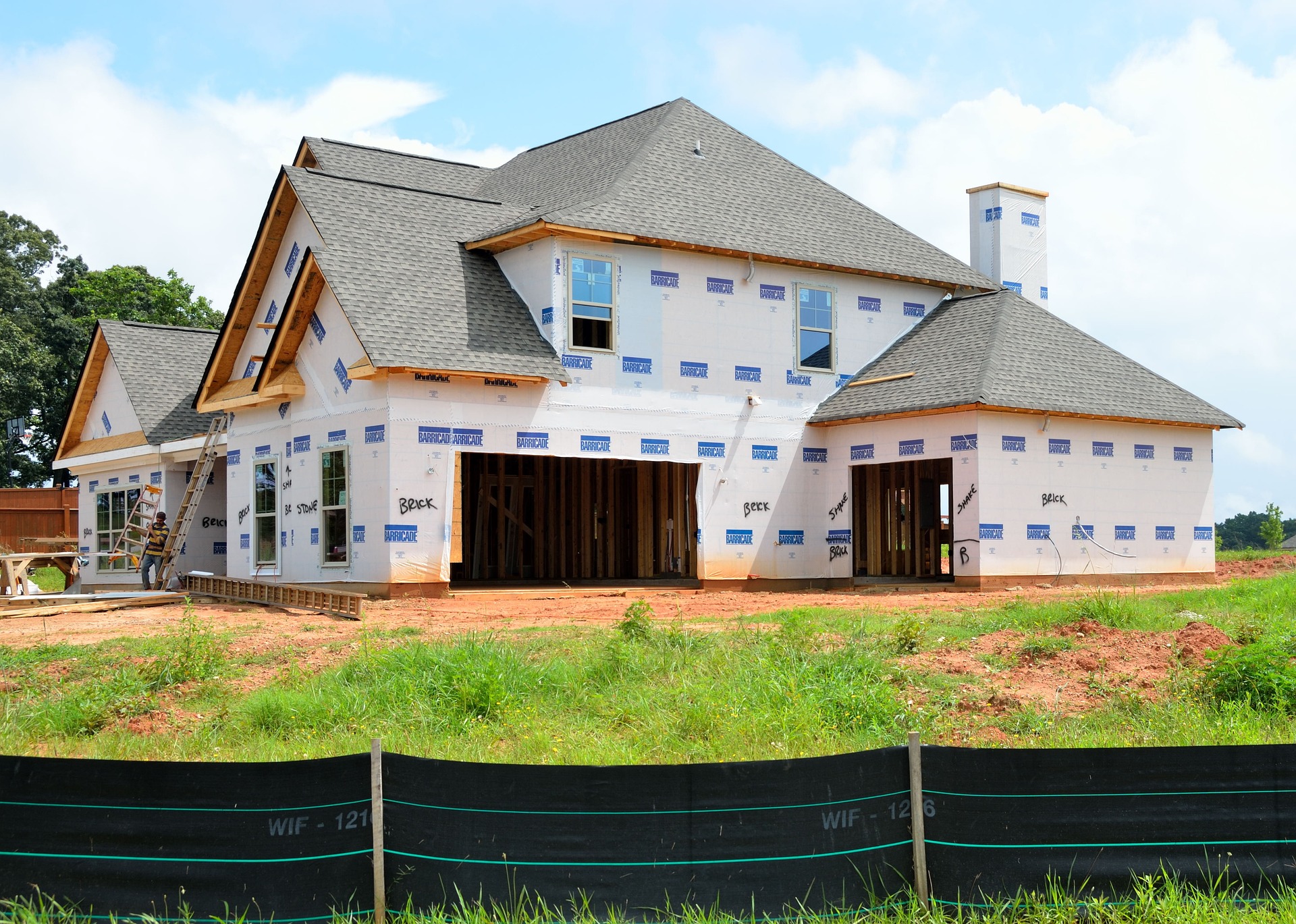Understanding Fast, Green, and Flexible Ways to Build a New Home in Australia for 2025
Building a new home in Australia in 2025 involves more choices than ever before. Innovations in factory-built housing—such as modular, prefab, and kit homes—offer practical and efficient alternatives to traditional construction. These approaches combine speed, design versatility, and sustainability to align with changing homeowner needs.

Faster Build Times with Factory-Built Homes
Factory-built homes, including prefabricated and modular houses, are assembled in controlled factory settings before being transported to the building site. This approach substantially shortens build times compared to conventional onsite construction. Usually, once the design is finalized, completion can happen within 2 to 14 weeks depending on the home’s size and complexity. The controlled factory environment minimizes weather-related delays, resulting in more predictable schedules and quicker delivery of finished homes.
This streamlined method also reduces disturbances at the building site, as much of the construction occurs offsite. Homeowners benefit from this faster timeline, especially those aiming to move in sooner or limit the time spent in temporary housing.
Flexibility in Design and Use
Modular and prefab homes provide significant design adaptability to suit diverse tastes and needs. These homes can be customized with various layouts, sizes, and architectural styles. Whether seeking a compact city residence or a large family dwelling, factory-built options can be adjusted to match individual preferences.
Moreover, factory-built homes can serve multiple purposes, including permanent living, holiday retreats, or multi-unit developments. Their modular design allows for future expansion or rearrangement, enabling owners to alter the layout as their requirements evolve.
Understanding Costs and What’s Included
Costs for prefab and modular homes vary based on factors like provider, home size, design complexity, materials, and selected finishes. Typically, quoted prices cover offsite construction and factory completion, while additional expenses apply for site-specific elements.
These extra costs might involve transporting the modules to the property, craning modules into place, preparing the site including foundations, connecting utilities, landscaping, and obtaining council permits. It’s important to request detailed quotes that specify what is included to fully understand the financial commitment.
Compared with traditional building methods, factory-built homes can provide cost savings due to shorter construction times, reduced labor, and less waste. However, site conditions and customization choices will affect the ultimate price.
Emphasizing Sustainability
Sustainability is an increasing priority in the Australian housing sector, and factory-built homes incorporate several eco-friendly features. Building modules in factory settings allows for improved waste control and material efficiency. Many manufacturers use sustainable materials and design homes to be energy-efficient, minimizing environmental impact.
Additionally, modular homes can include features like solar panels, rainwater harvesting systems, and enhanced insulation to boost energy efficiency. This emphasis on green building practices supports lower ongoing energy usage and a smaller carbon footprint.
Step-by-Step Process and Compliance
Constructing a factory-made home involves key stages: initial design and customization, factory building, site preparation, module delivery and installation, followed by final finishing such as plumbing and electrical hookups. Compliance with Australian building standards and local zoning rules is necessary throughout.
Council approvals and permits required for modular and prefab homes generally resemble those for traditional homes. Engaging qualified builders and suppliers familiar with these requirements is crucial for a successful process.
The Role of Factory-Built Homes in Australia’s Housing Market
By 2025, prefab and modular housing continue to gain popularity across Australia. These solutions offer efficient, adaptable, and environmentally conscious alternatives suitable for a variety of budgets and lifestyles. Increasingly, they assist in addressing housing supply and affordability issues through faster builds and better cost management.
With continued progress in design, technology, and sustainability, factory-built homes are set to remain an important part of Australia’s housing future.
Disclaimer: All content, including text, graphics, images and information, contained on or available through this web site is for general information purposes only. The information and materials contained in these pages and the terms, conditions and descriptions that appear, are subject to change without notice.




